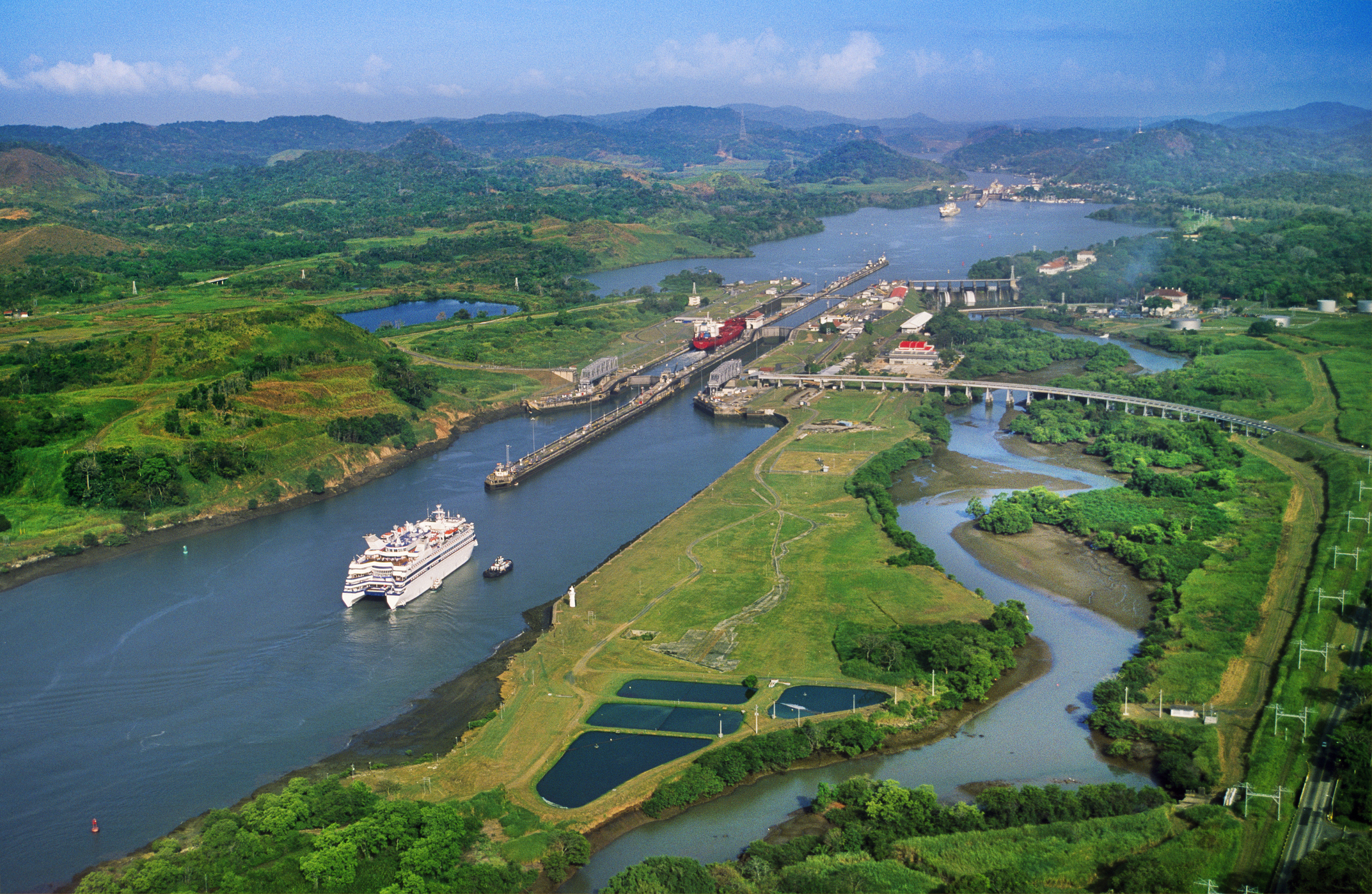Despite predictions that global ports would become inoperable by 2050 due to rising sea levels, a lack of water in Panama is making the canal transit increasingly difficult. The drought in Panama is a culmination of more than twenty years of reduced rainfall to inland freshwater sources, eliminating much of the runoff water that typically fills the locks between oceans. Despite connecting two oceans, the canal depends on Gatun Lake to provide drinking water to local communities around the canal mirroring the situation we see around the Colorado River as Nevada’s Lake Mead slowly dries up.
Part of the issue with the water levels comes from the cyclical nature of the El Niño weather pattern. According to the National Oceanographic and Atmospheric Administration (NOAA), “During normal conditions in the Pacific ocean, trade winds blow west along the equator, taking warm water from South America towards Asia. To replace that warm water, cold water rises from the depths — a process called upwelling. During El Niño, trade winds weaken. Warm water is pushed back east, toward the west coast of the Americas.” While these weather patterns are indeed cyclical, occurring on a 2-7 year schedule since the first recording in 1600, the pattern is not considered regular and periods of El Niño can vary greatly from months to over a year.
Should the drought last longer than twelve months, Canal officials will need to look at fresh weather modeling to plan crossings but currently thirty-two ships per day are able to pass – thirty-six is the norm. With vessel draft down to forty-one feet from fifty feet, the canal is seeing a queue of 116 ships waiting for passage and an average wait time of two weeks. These are better numbers than in August when 160 vessels were waiting an average of three weeks to pass because of modifications to the booking schedule that allowed more non-booked cargo to pass to reduce traffic.
Though Panama Canal sees six percent of the world’s trade cargo, forty percent of all US container traffic passes through it. By providing a critical path between North and South America transit through the canal cuts down the trip by 8,000 nautical miles and twenty-two days. It’s critical that we at Edward J. Zarach & Associates keep an eye on these unfolding patterns to ensure your cargo can avoid disruptions and delays. While we can’t change the weather, we can create custom-tailored logistics solutions to cargo and schedule. We plan ahead to keep you moving forward.
If you want to know more about alternatives to the Panama Canal delays, contact Zarach today.
